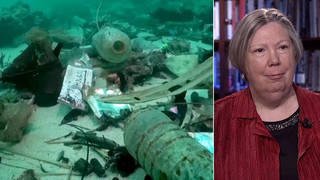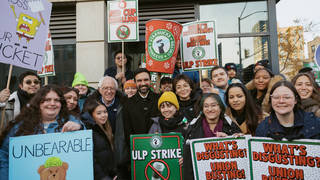
Massive protests have exploded across Argentina since December in worker assemblies, worker pickets and strikes, andmass street demonstrations across the country. In the course of two weeks, the country saw five different presidents.Argentina is a country in crisis.
Banks in Argentina were once considered to be among Latin America’s strongest and most trusted, especially assubsidiaries of foreign giants such Citibank built themselves into the nation’s leading financial institutions. Buttoday, Argentines view them as among the worst places to stash their cash.
The Argentine financial system is in deep trouble after four years of recession that led to a massive government debtdefault and the devaluation of the peso in January. Once the darling of the International Monetary Fund, Argentina isin an economic and political crisis that world financial institutions are at a loss to explain. Argentina hasfollowed IMF policies of privatization and trade liberalization to the letter, but in the last two months prices milkand flour have risen as much as 50%. As the Argentine government continues to negotiate with the IMF for a bailout,the people of Argentina— whose protests caused the resignation of the government in December—are calling for morefundamental change.
Today we will look at Argentina’s economy and also at a movement that has sprung up to document the nationwideprotests in Argentina: the Independent Media Center movement. The IMC first opened in Argentina last February and itexploded in December as protests racked the country.
Tape:
- A piece on Argentina’s economic crisis, produced by Rick Rowley and Jacquie Soohen and narrated by JacquieSoohen.
Guests:
- Alan Cibils, economist in Buenos Aires and an expert on Argentina’s economic crisis.
- Ana Nougeira, New York City Independent Media Center. She has just returned from working with theArgentinean IMC.
Related link:











Media Options